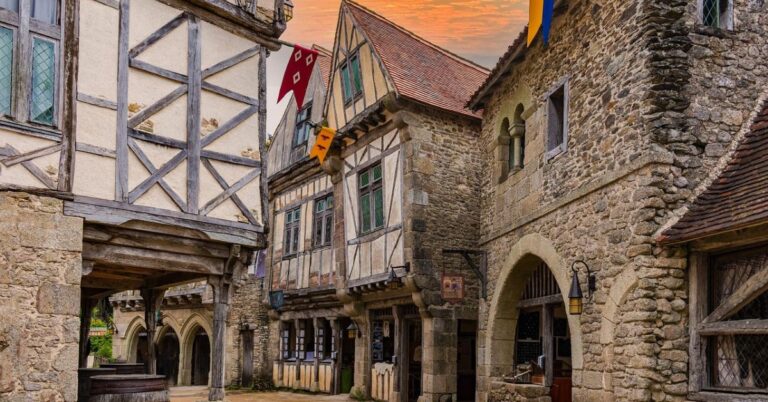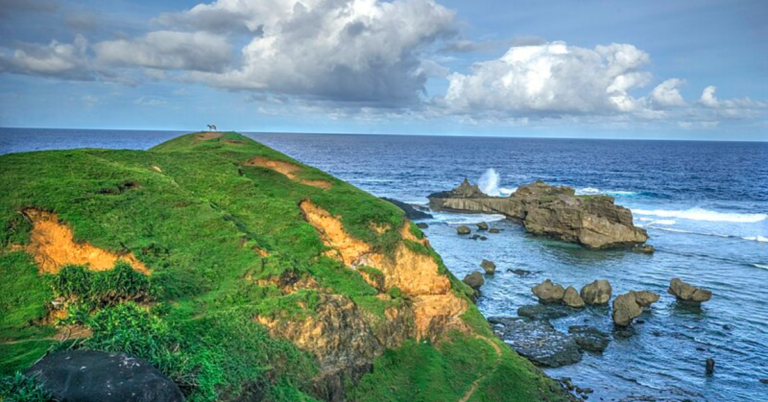15 Popular 60s Travel Practices That Vanished
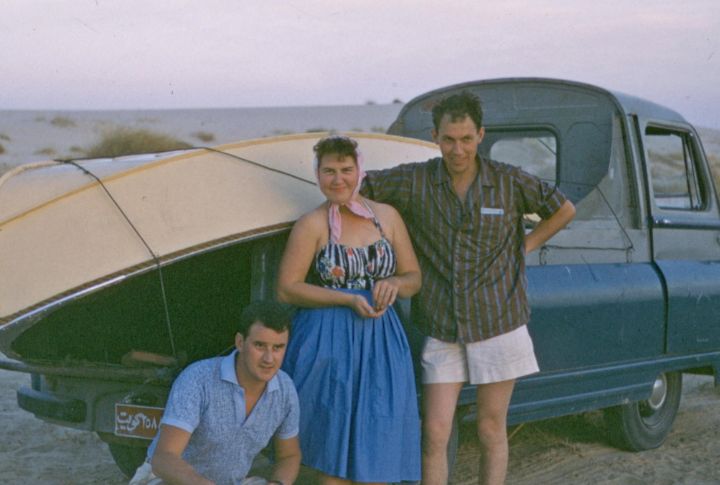
What’s the first thing you do when planning a trip? If you were traveling in the ’60s, the answer might surprise you. Vacation habits have changed drastically, making some past customs feel almost foreign. Some were practical; others inconvenient. Either way, they tell a story of a different era.
Dressing Up For Flights

Flying once felt like an occasion, and people dressed the part. Men wore tailored suits and had neatly combed hair. Women applied makeup and wore elegant dresses or skirts. Airlines encouraged this formality, treating passengers to fine dining and personal service. The custom of flight attendants with stylized dress codes was initiated then for the glamorous image.
Using Paper Maps
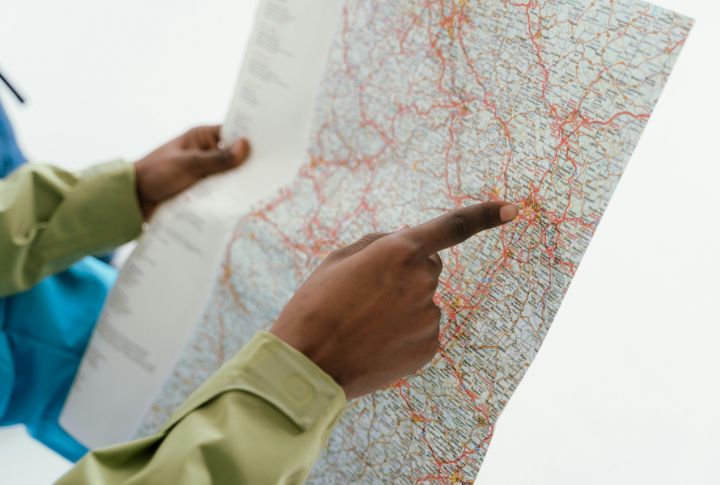
Road trips require skill or at least a good sense of direction. A folded map sat on the dashboard, marked with handwritten notes and highlighted routes. Drivers memorized turns while passengers acted as navigators, calling out directions. If a wrong turn was made, the only solution was to pull over and figure it out.
Writing Letters
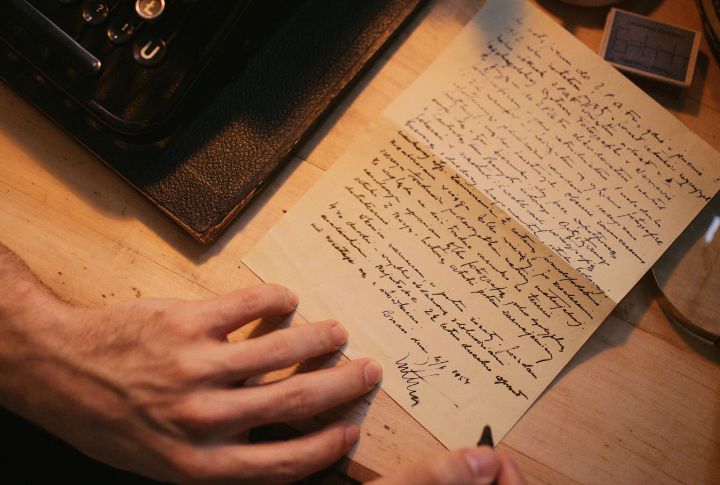
Checking in from vacation took patience. Long-distance calls were expensive, and public payphones were not always available. Instead, travelers sent postcards or letters detailing their adventures. The messages, often arriving days after the trip ended, captured a snapshot in time. Many families kept these letters as keepsakes, a tangible reminder of journeys past.
Booking Trips Through Mailed Brochures
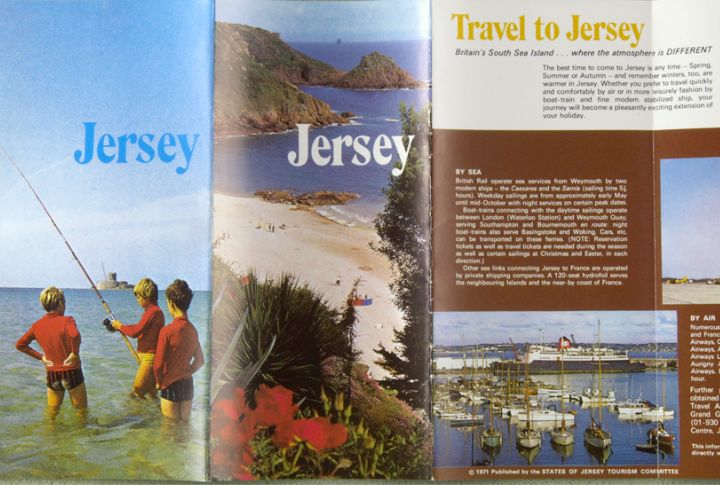
Vacation planning meant flipping through glossy travel brochures mailed by airlines or travel agencies. These booklets contained beautifully staged images, promising unforgettable getaways. Without online reviews, travelers relied on these descriptions recommended by travel agents. Booking a trip involved calling agencies and waiting for confirmation.
Road Trips Without Seatbelts
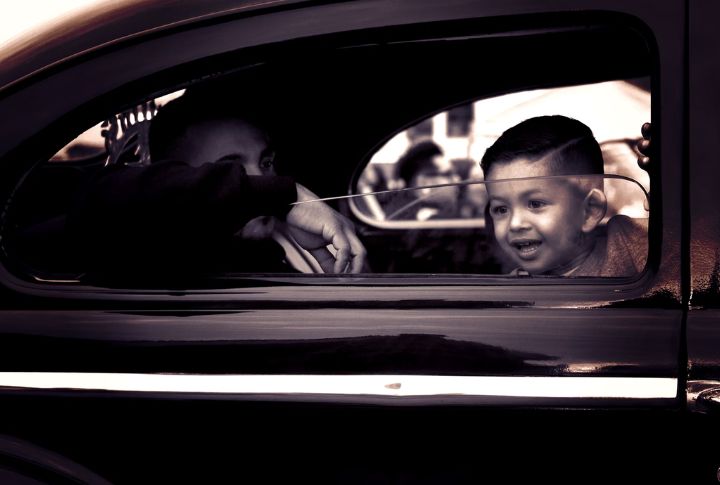
Seatbelts were an afterthought in the 60s. Most cars had them, but few people used them. Children played in the backseat, sometimes even lying on the rear window ledge for a nap. Laws requiring seatbelt use didn’t take hold until the late ’80s to make road trips feel safer with no unexpected movement distracting the driver from their passengers.
Staying At Motor Lodges
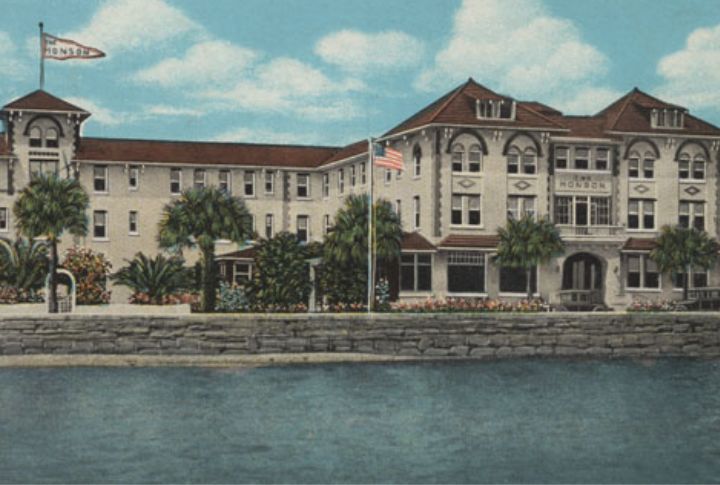
Neon signs, coin-operated TVs, and a free ice bucket made motor lodges the go-to stop for road-trippers. These roadside motels lined highways, offering a no-frills yet comfortable night’s rest. Many were family-owned and featured themed decor and personalized service. Some even had playgrounds or swimming pools to entertain children.
Bringing Traveler’s Checks
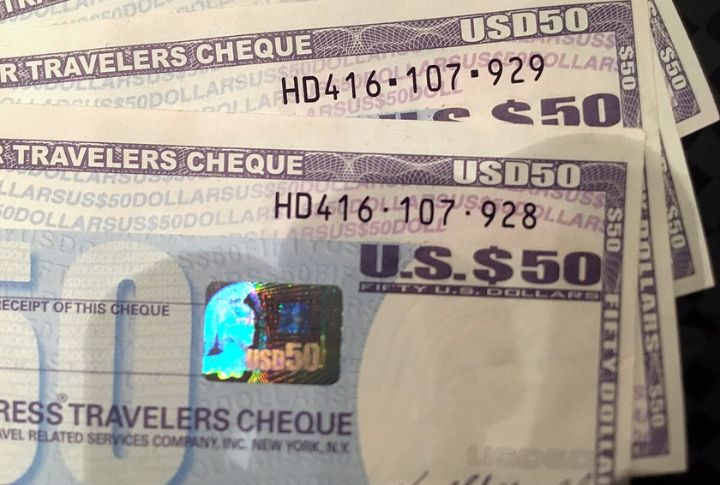
Carrying cash felt risky, but credit cards weren’t widespread yet. The solution? Traveler’s checks. Banks issued them as a secure way to pay on vacation to ensure money wouldn’t be lost or stolen. The use of these required carrying identification to present and could be replaced if misplaced.
Stopping At Full-Service Gas Stations
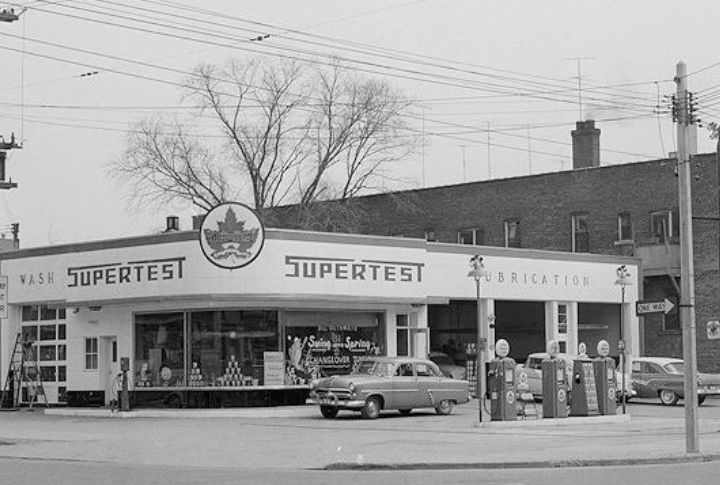
Pumping your gas wasn’t an option in most places. Pulling up to a station meant an attendant greeted you to fill the tank. The attendant also checked the oil and cleaned the windshield, all with a friendly smile. It was a time when customer service mattered, where gas stations felt more like pit stops than quick refueling spots.
Flying Without Security Checks

Airports weren’t always lined with metal detectors and strict screenings. Walking straight to the gate was normal, and loved ones could wave goodbye right at the door. Airplane hijack incidents in the late ‘60s and ’70s changed this, leading to the security-heavy airports we know today. Flying felt effortless back then, but the risks were greater.
Getting Free Airline Perks
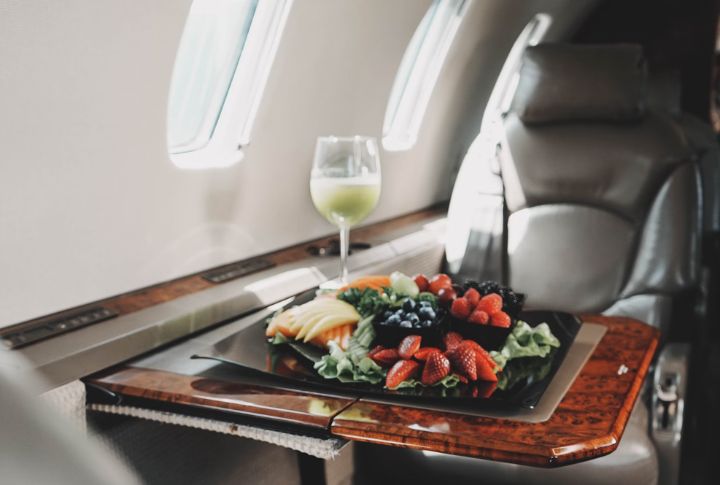
Airline tickets used to cover more than just the seat. Free meals and spacious seating were standard. Passengers enjoyed complimentary cocktails and hot meals on even short flights. Airlines competed on service rather than baggage fees. Budget carriers changed the game, as they made flights cheaper but stripped away perks that once made air travel feel special.
Smoking On Airplanes
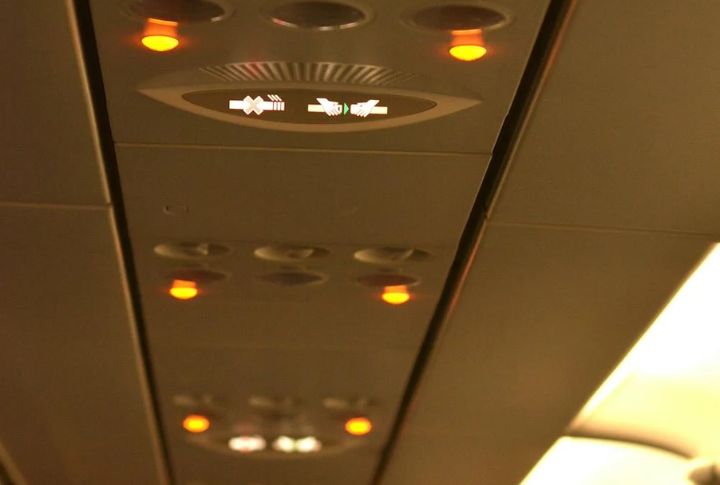
Passengers once lit up cigarettes mid-flight, filling cabins with smoke. Ashtrays were built into every armrest, and smoking sections divided planes. Despite complaints, the habit persisted until smoking bans rolled out in the ‘80s and ’90s. What was once an accepted part of flying is now an unthinkable violation of air travel rules.
Carrying Film Cameras Everywhere
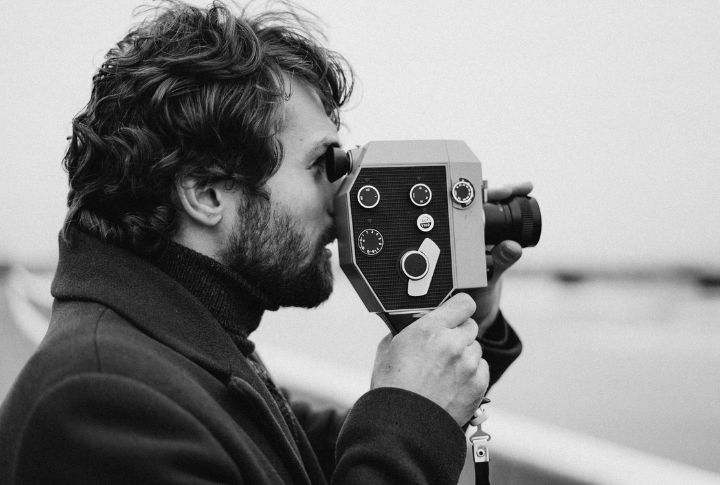
Every trip included rolls of film, carefully packed and protected. Each click of the shutter mattered since developing photos wasn’t cheap. Tourists lined up at one-hour photo labs after vacations, eager to see if their snapshots turned out well. Digital cameras and smartphones replaced film, so photography is instant now.
Free Gas Station Coffee
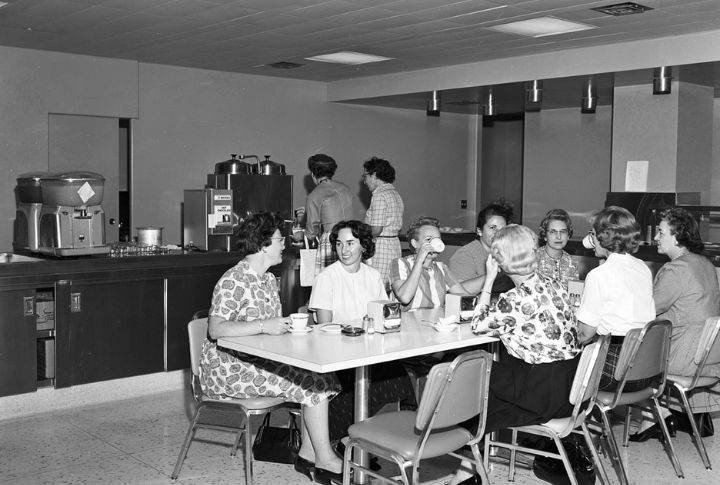
Gas stations once offered free coffee to travelers, a small perk of the road trip experience. The coffee wasn’t always great, but it was a welcome pick-me-up. As gas stations focused on profitability, free refills disappeared. Today, travelers shell out money for fancy lattes, but the charm of a pit stop with a free cup of coffee is long gone.
Traveling Without Reservations
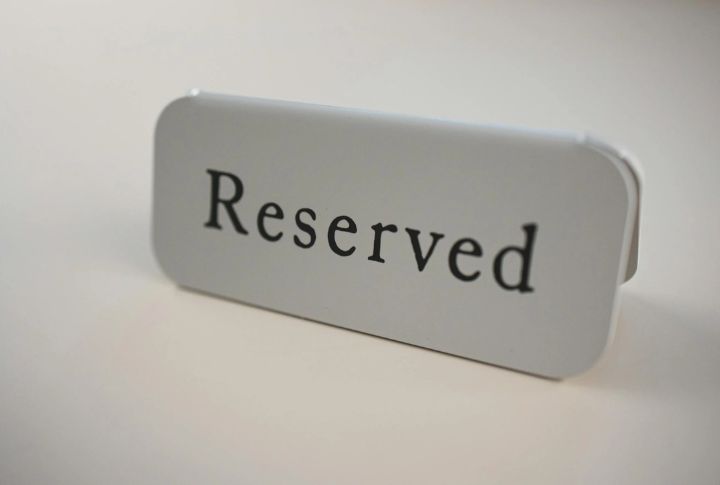
Spontaneity ruled in the ‘60s. Travelers hit the road without hotel bookings, confident they’d find a vacancy somewhere. Most places didn’t require deposits or prepayments, as walk-ins were common. The rise of online reservations made last-minute travel riskier, leaving little room for the kind of carefree adventure that once defined road trips.
Relying On Roadside Attractions
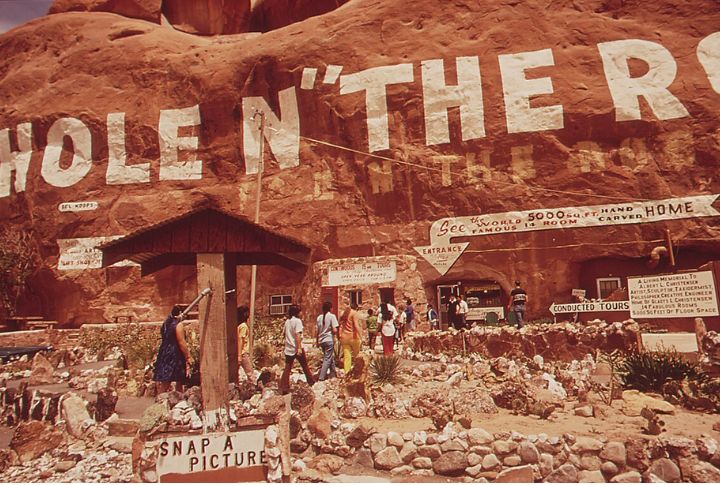
Before theme parks and massive entertainment complexes took over, roadside attractions lured travelers with quirky stops. Giant fiberglass statues, mystery spots with illusions, and petting zoos were common sights. Families stretched their legs at these oddball destinations to snap photos and grab souvenirs. While some still exist, most have faded into nostalgia.




